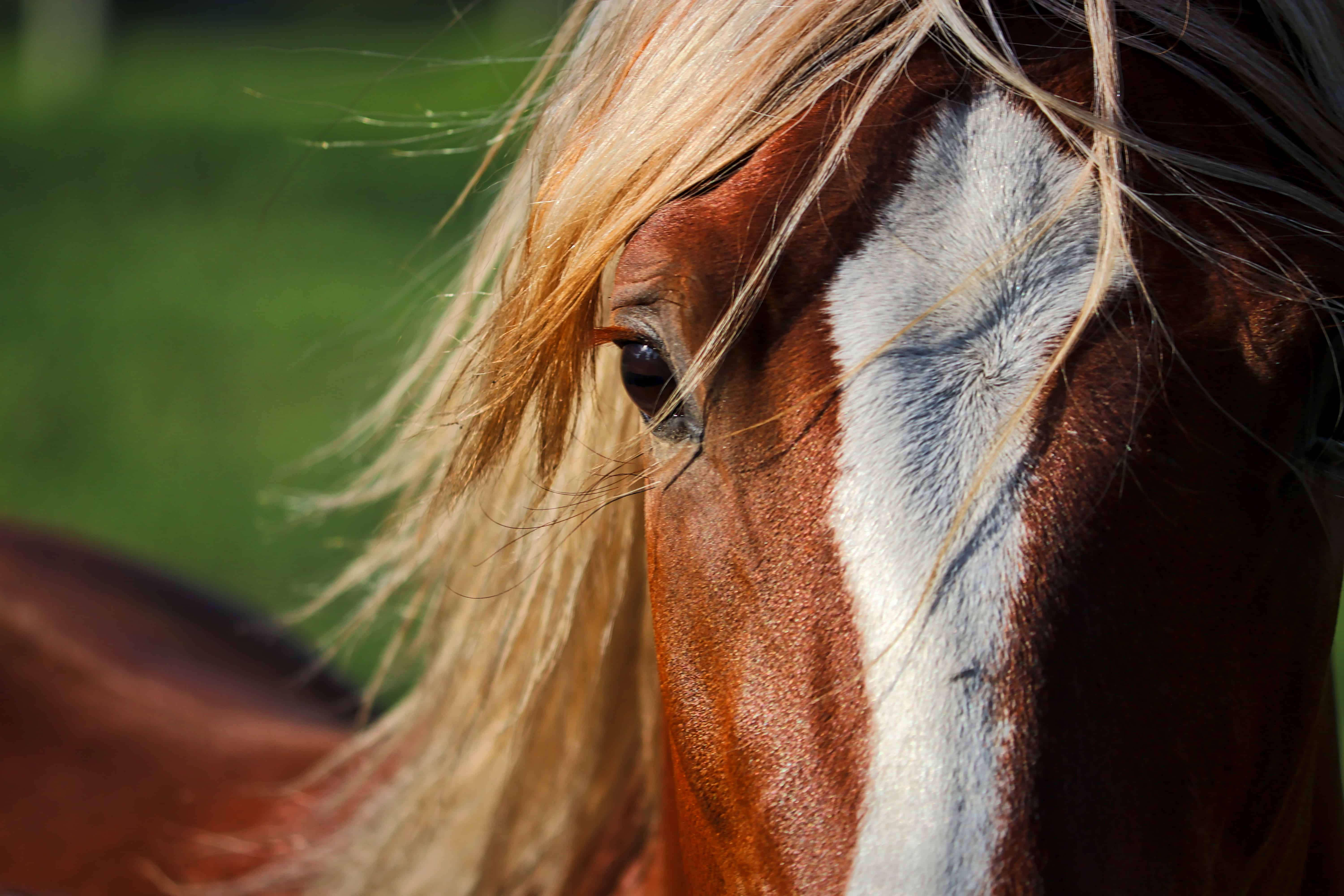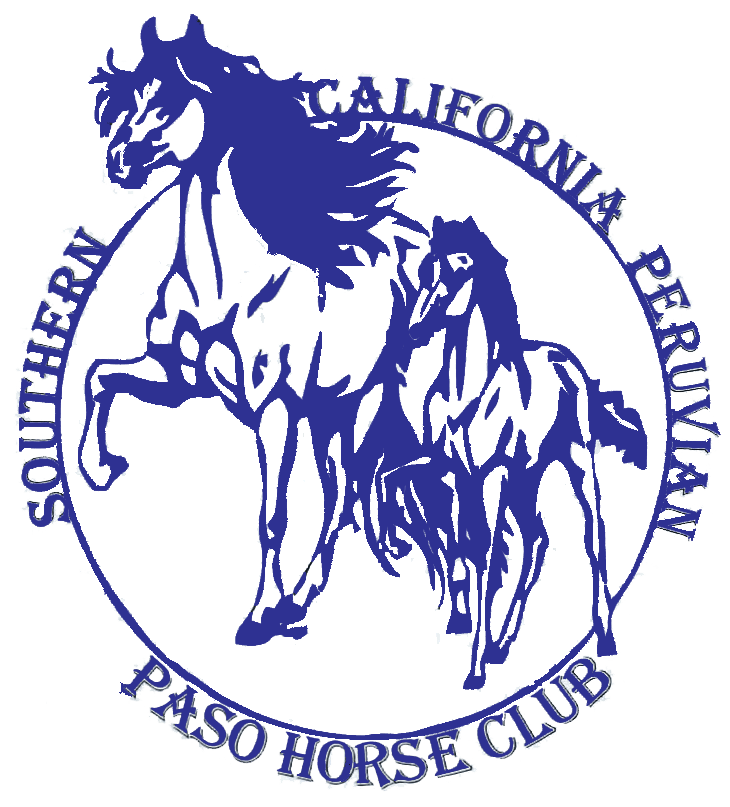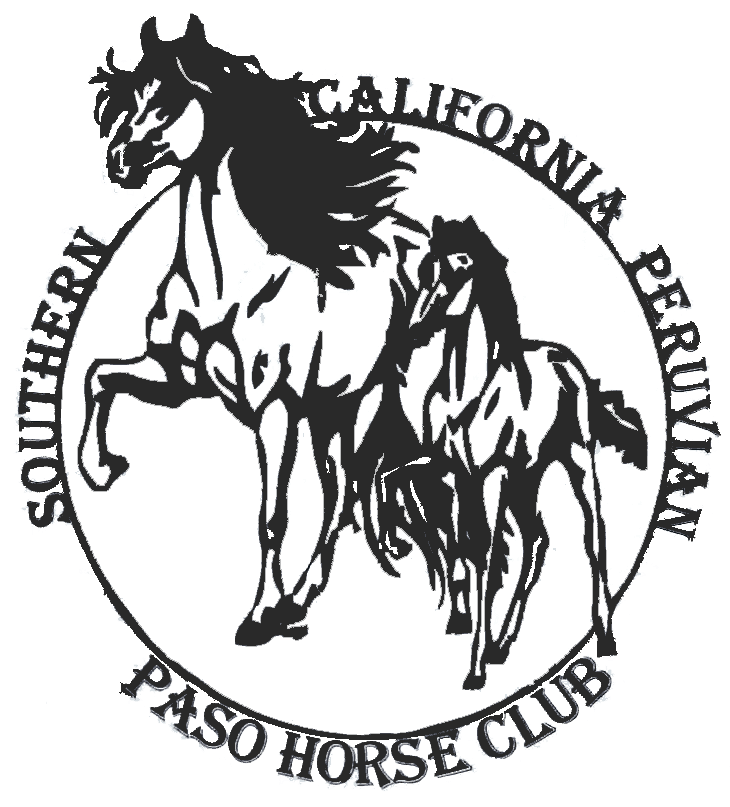
Spotlight on the Peruvian Horse
About Peruvian Horses
The Peruvian Horse, known for its unique elegance and gait, traces its origins to two key breeds introduced to Peru by the Conquistadors: the Spanish Jennett and the Andalusian. The Jennett contributed its calm temperament, distinctive ambling gait, and smooth ride, while the Andalusian infused the breed with grace, animated movement, and a noble spirit, shaping much of the horse’s conformation. Over time, the blending of these bloodlines, along with the region’s climate and available forage, helped evolve a breed unlike any other in the world.
The Peruvian Paso, as it is formally known, is celebrated as Peru’s National Horse. It is honored in literature, statues, and even on postage stamps, symbolizing the country’s rich cultural heritage and deep connection to this extraordinary breed.
Born to Gait
In some of their gaits, several horse breeds with lateral propulsion, such as the American Saddlebred and Tennessee Walker, exhibit a similar footfall sequence to the Peruvian Paso. However, the resemblance ends there, with two significant differences. First, it’s in the execution of the gait. Through centuries of selective breeding, the Peruvian Paso has developed a unique conformation and attributes that no other horse can claim. Its relatively heavy forehand, large girth, sloping shoulders, short back, strong yet supple loin, low croup, slightly sickle hocks, and springy pasterns all work together to create a distinctive rolling motion in the front legs and feet, with minimal hock action behind. This combination absorbs the jolts and jars of riding, providing an exceptionally smooth ride.
The second major difference is that the Peruvian Paso’s gait is entirely natural, requiring no special aids such as long toes, weights, boots, chains, or extensive training. Unlike some other breeds, the Peruvian Paso does not nod or bob its head—a movement often accompanied by a corresponding bob of the croup, which can be transferred to the rider’s seat. The Peruvian Paso’s front leg motion is unique in the equine world, resembling a paddling motion. The shoulder, knee, and fetlock are flexed snappily during each step the horse takes, and the foot is rotated outwards, so the front hoof follows an arc instead of a straight line when the horse moves forward. This distinctive movement, known as termino, is not only practical but also remarkably beautiful to witness.
Versatility
The Peruvian Paso is known for its intelligence and eagerness to learn, making it a highly cooperative and willing partner. In Peru, these horses have been used in the demanding sport of bullfighting on horseback, showcasing their endurance, speed, agility, and calm temperament—along with the courage required for such tasks.
Standing between 13.5 and 15 hands, and weighing between 900 and 1,000 pounds (similar to the size of Morgan and Arabian horses), the Peruvian Paso is a sturdy yet graceful breed. They come in a variety of solid colors, as well as roan variations. While traditionally ridden and shown with Peruvian tack, these versatile horses can also be ridden in Western, English, Saddle Seat, and Plantation styles.

